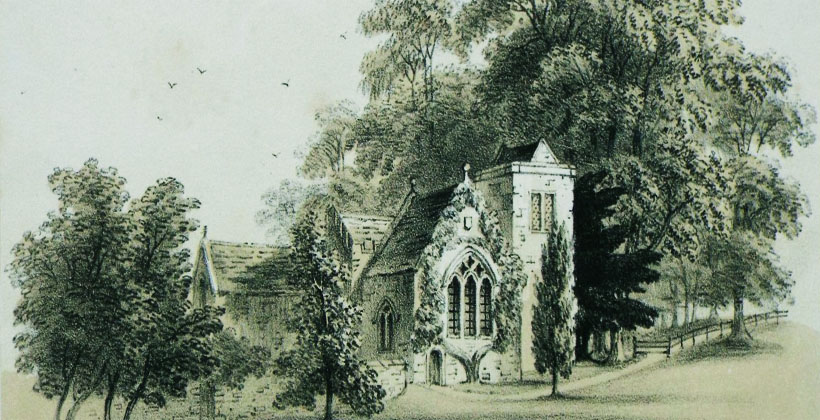History of Claverton Village
History of Claverton Village
Claverton is Saxon in origin, and is mentioned in the Domesday Book as ‘Clafertone’ possibly from the Saxon word for clover, signifying the many meadows associated with the village, or from another old English word for water lilies. Saxon remains have been found at various sites in the village.
The settlement belonged to the religious manor of Claverton, which, following the Norman Conquest, was given by William II to Hugolinus, a commissioner involved in the compilation of the Domesday Book.

Claverton was the site of a skirmish during the English civil war in the lead up to the Battle of Lansdown in 1643. It is thought that a manor house building or religious court for use by the bishops of Bath and Wells was in existence from the 13th century, although no remains survive. The exact site is not known although it was thought (in 1928) to be located to the south of the church. The subsequent Jacobean manor, of which only the garden walls and stone balustrades remain, was demolished in 1823 and a new manor house (now the American Museum) was built further up the hill, robbing the village of its close physical association with the manor. Some of the architectural features from the manor house were incorporated into Old Manor Cottage.

The village has a high concentration of listed building groups, with St Mary’s Church providing a focal point. The site has had a church since 1250, and the present building dates from the 15th century. However the west tower is the only recognisable medieval remnant, as the building was comprehensively rebuilt and enlarged in 1858. The church houses a restored monument to the former Lord of the Manor, William Basset, dated 1613. The churchyard features a number of historic tombstones and burial monuments of eminent parishioners. These include the mausoleum of Ralph Allen of Prior Park, who owned Claverton Manor for a while and was a generous patron of the village. The mausoleum is an imposing burial monument which is listed Grade II*. Manor Farmhouse is an impressive early 17th century building, which has been partially gothicised in the 19th century fashion. The barn, coach house, stable, pig sties and attached outbuildings at Manor Farm are listed Grade II*. The barn is probably 15th century and an extremely rare example of a hammer-beam roof in this area. The exceptionally high quality of the craftsmanship here indicates the status of the former manor.
Please note this is an extract from: Claverton Conservation Area Character Appraisal 2007
More historical information is available in the introductory sections of the Neighbourhood Plan.
